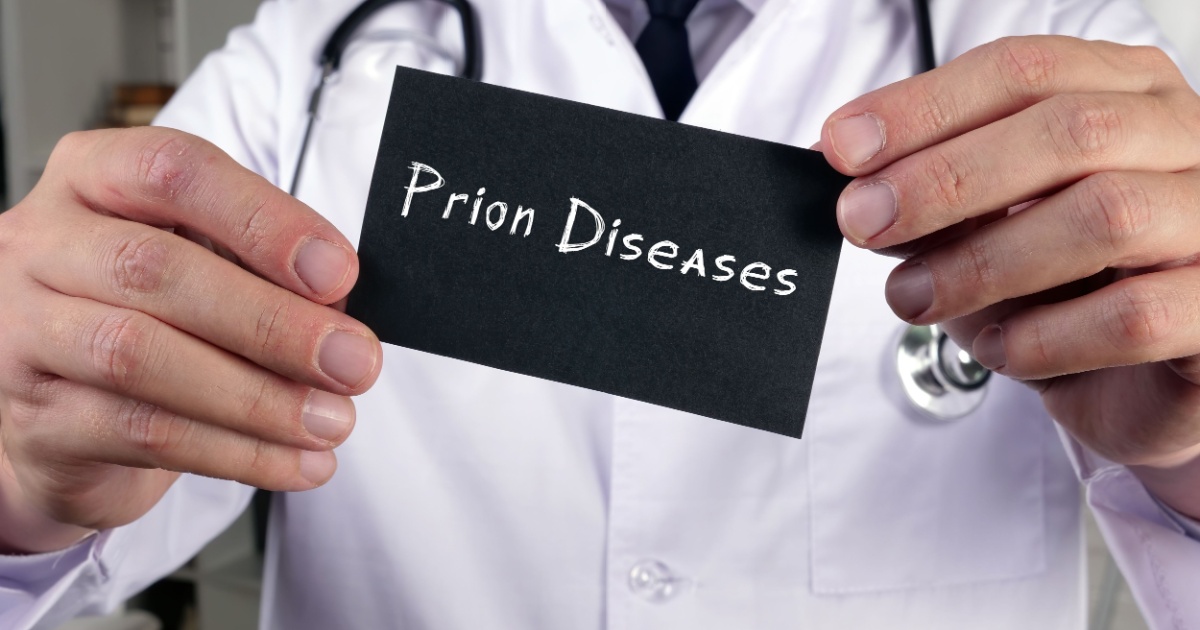
Shutterstock
The world is a dangerous place, and for humans, some of the most dangerous things are so small that you can’t see them. Millions of people die from tiny things like viruses, bacteria, and fungi each year. Another microscopic threat is out there that most people don’t know about, but can be just as scary (even if it doesn’t kill nearly as many, so far).
Prions.
Prions are misfolded proteins that can cause surrounding proteins to also become misfolded, which can cascade into a variety of health problems, eventually leading to death. Prions don’t have any type of genetic material, so they can’t be killed off like most microscopic threats. As of today, there is no way to stop them once someone is infected, or even really slow down the progress.
What can make prions even scarrier is that they can sometimes lie dormant for a very long time before suddenly activating, leading to rapid physical and cognitive decline and eventually death.
One such case that happened recently was written about in the CDC’s journal, Emerging Infectious Diseases. It involved a woman who, in 1971, when she was just seven years old, received cadaveric human growth hormone. She received this treatment to address a growth hormone deficiency, and it lasted for over nine years. Unfortunately, that treatment was infected with prions.

Shutterstock
The prions remained in her body for nearly 50 years before ‘waking up’ in the woman’s brain, resulting in rapid and debilitating neurological problems. The 58-year-old woman had the prion disease known as iatrogenic Creutzfeldt-Jakob disease (iCJD). She sought medical attention because of a sudden onset of tremors and trouble walking. Within just a few weeks, she was no longer able to control her bladder and she experienced slurred speech. Next, she developed extreme startle reflexes, rigid limbs, and rapid breathing. Finally, she became unconscious and required a ventilator. She never woke up.
Prions can get into one’s system through contaminated injections, which is what happened to this poor woman. More often, however, a human is infected by eating brain tissue of an animal that has some type of prion disease. One common example of this is the white tail deer, which can get chronic wasting disease, which is caused by prions. Deer can pass it on to other deer by urinating on vegetation that other deer then eat.
You don’t have to directly eat the brain tissue to get the disease either. When the deer is being processed, for example, some brain tissue could fall onto other meat, which is then eaten. Since the prions don’t die off with normal cooking, anyone eating that meat is at risk. Another prion disease that most people have heard of is Mad Cow Disease.

Shutterstock
Taking care to avoid contact with any potentially prion-infected foods, medicines, or other things is essential for ensuring one does not become exposed.
It is a serious threat that medical professionals are constantly on the look out for because of how dangerous it can be.
If you thought that was interesting, you might like to read about a quantum computer simulation that has “reversed time” and physics may never be the same.

